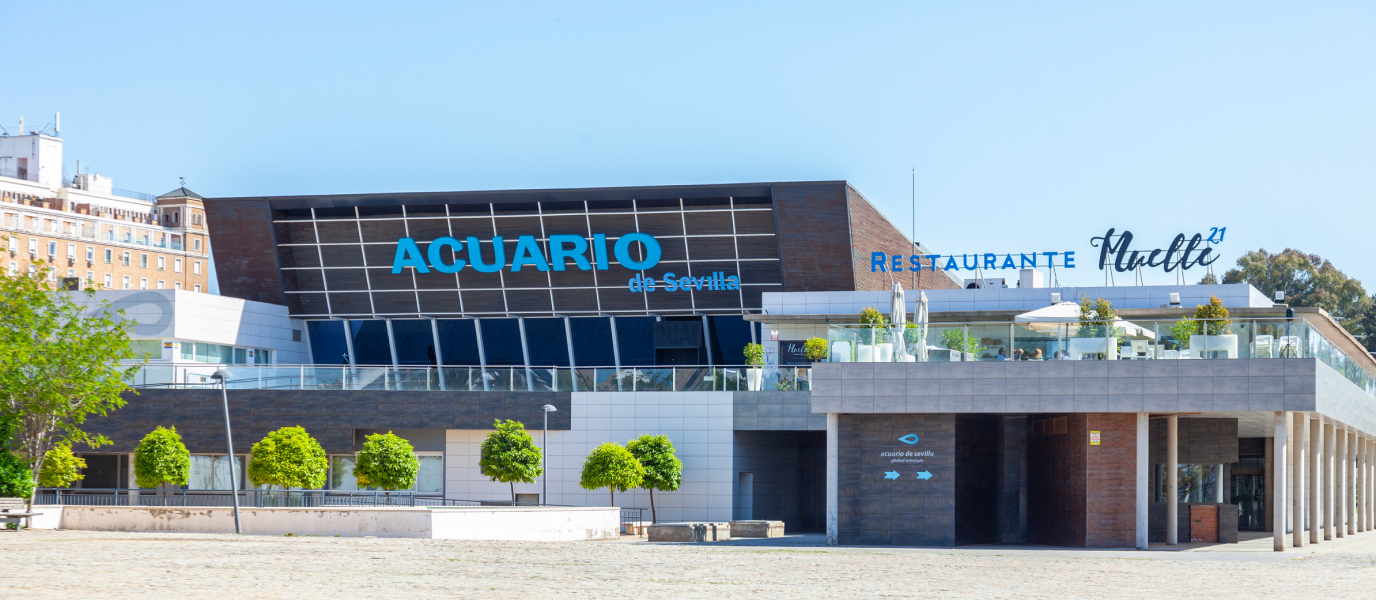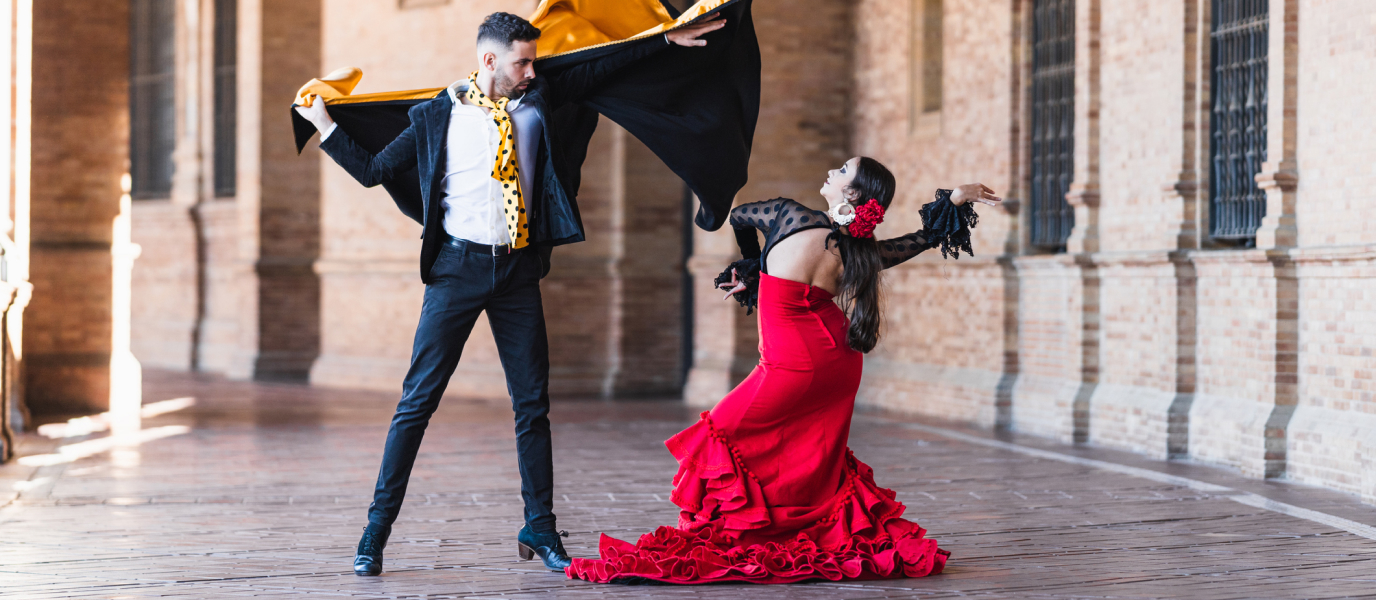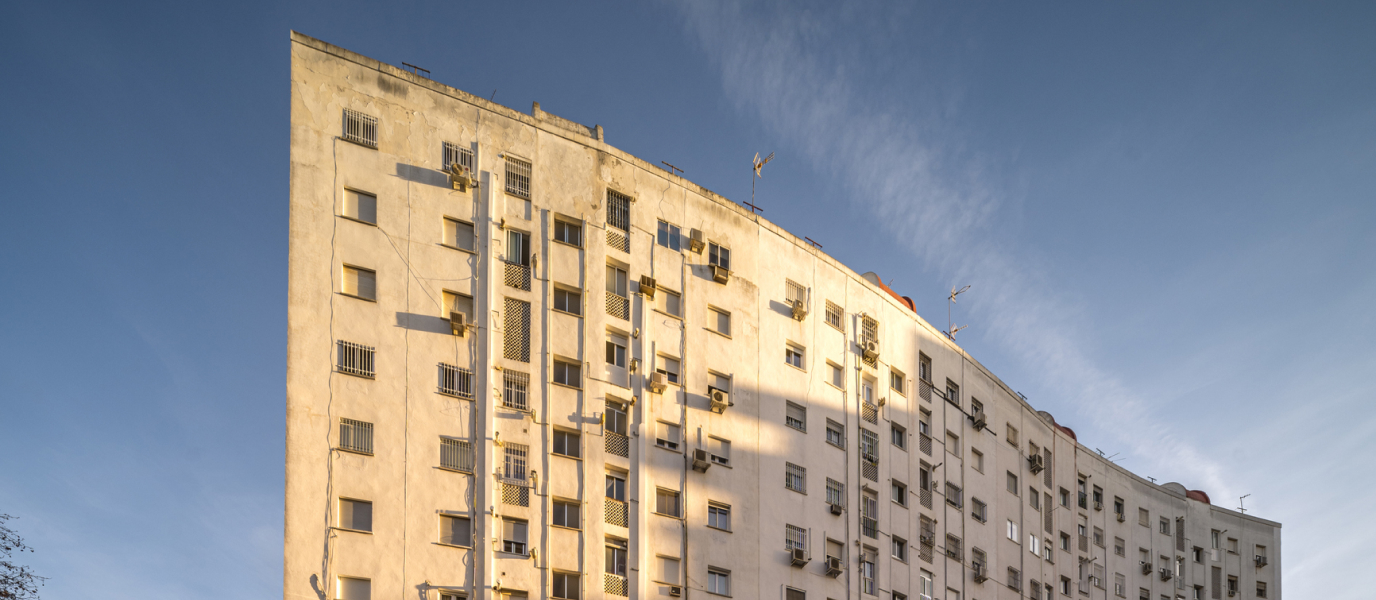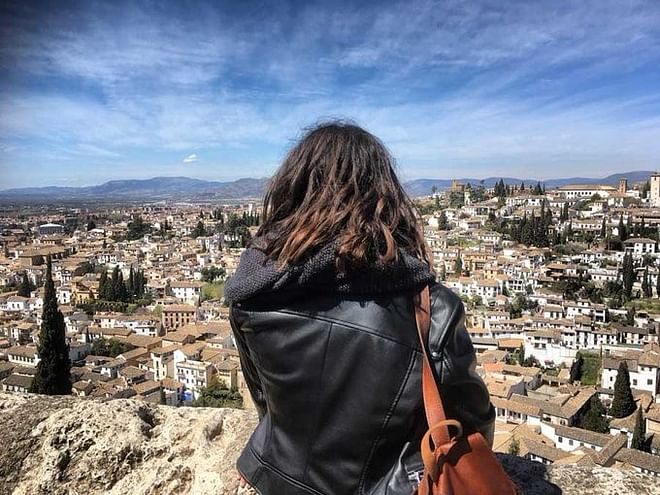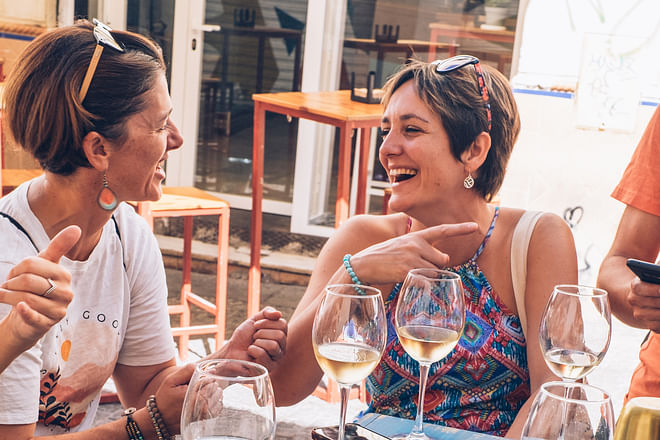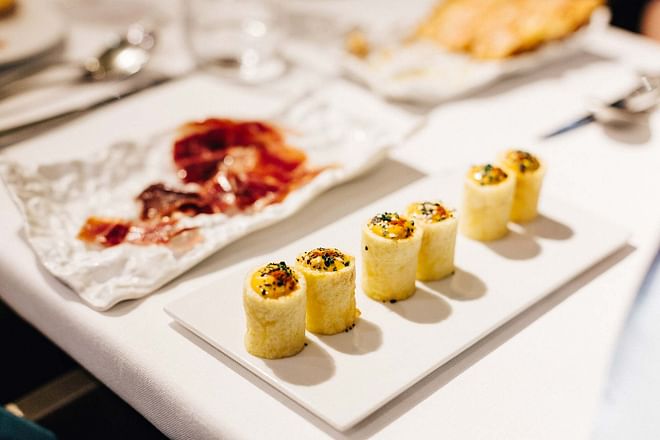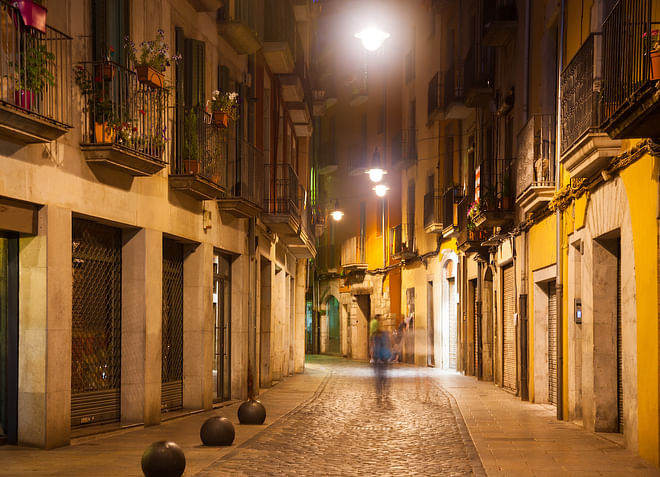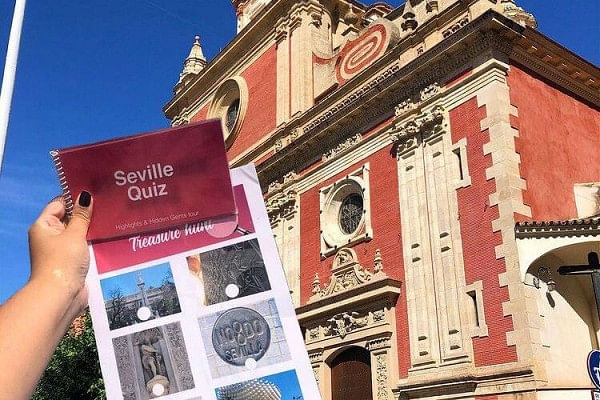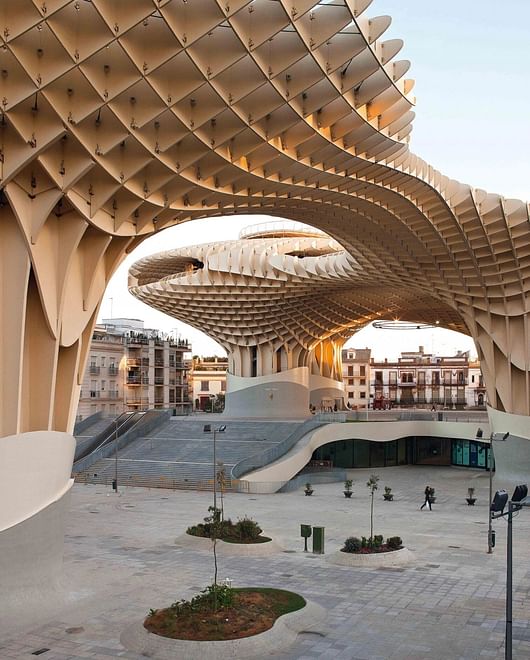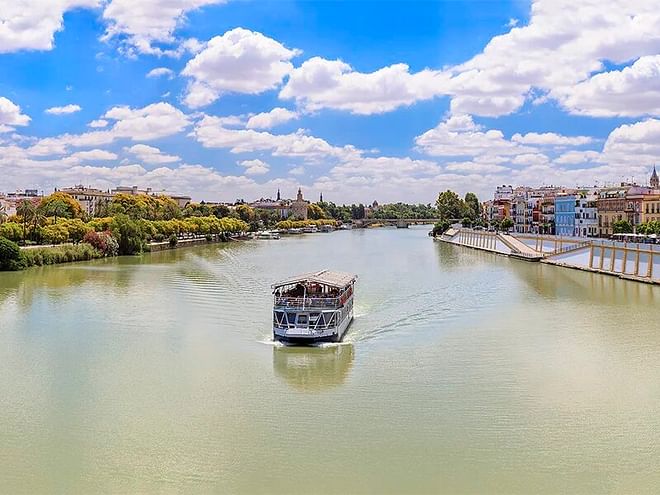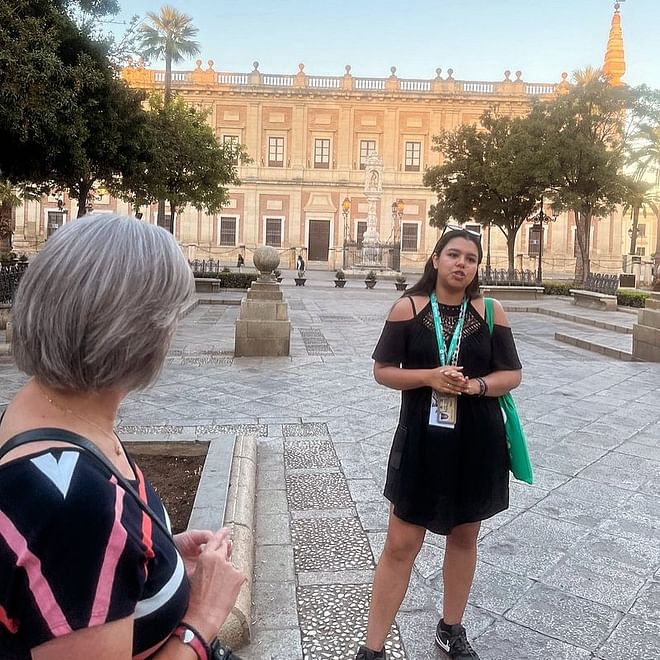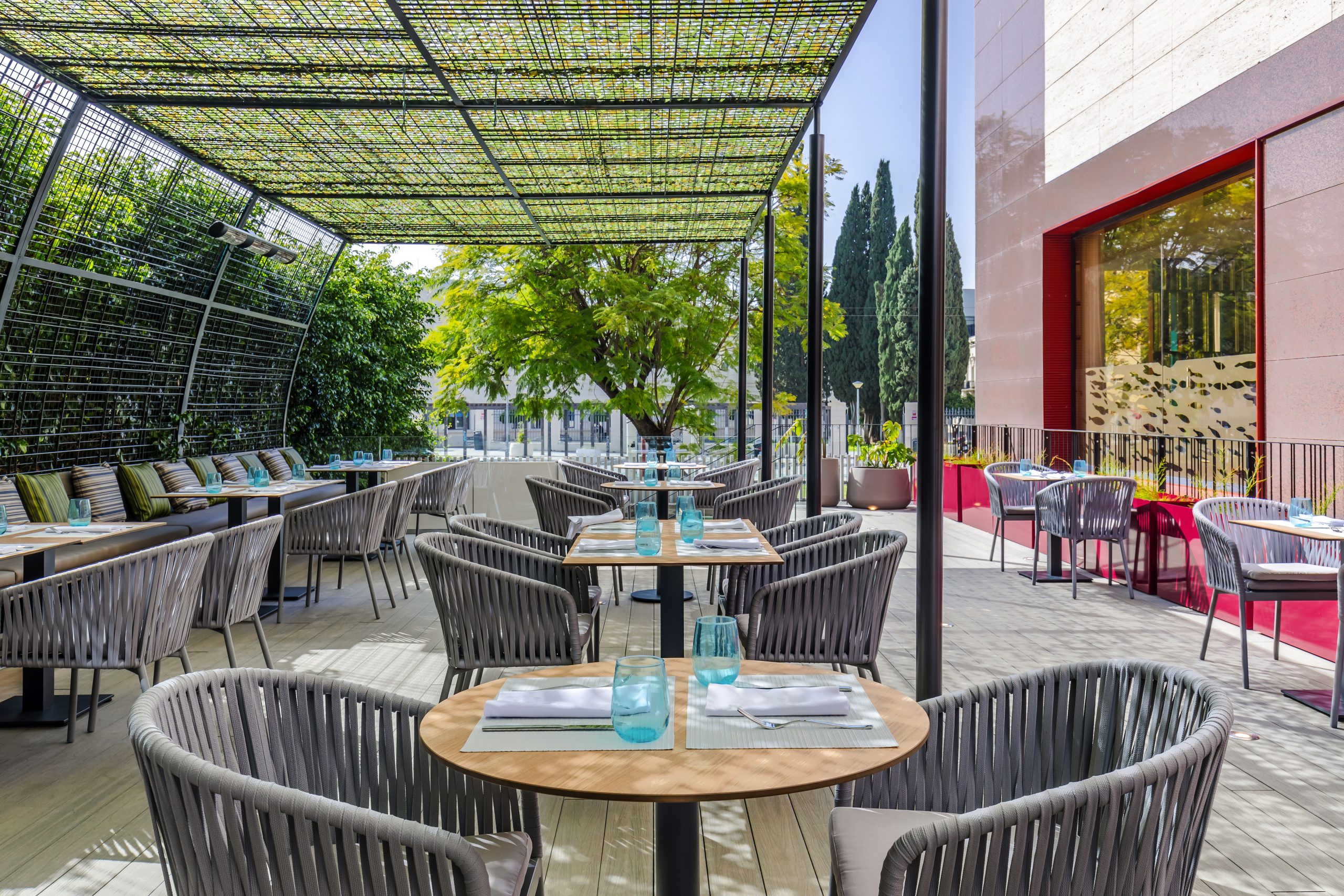The Seville Aquarium, which is located right next to the Parque de María Luisa pays tribute to the expedition that set off from the port of Seville on 10th August 1519, captained by Fernando de Magallanes. The aim of that journey was to find a passage between the Atlantic and Pacific oceans that would improve trade relationships between Europe and Asia (the Indies). But it wouldn’t be the Portuguese sailor, but rather Juan Sebastián Elcano who would complete the mission and become the first person to circumnavigate the globe. This daring adventure led to great discoveries. Amongst them were new ecosystems, both on land and under the ocean.
Many of these have now been recreated in the different themed areas of the Seville Aquarium, with pools that are home to flora and fauna from each of the planet’s oceans and rivers.
What the Seville Aquarium has to offer
The Seville Aquarium—without doubt one of the largest in Spain—opened its doors in 2014. It has more than 30 different tanks, amongst which the Oceanarium stands out thanks to its size. It has a volume of two million litres and is almost nine metres deep. In total, the centre houses more than 400 species of—both freshwater and saltwater—flora and fauna, and a few land dwellers too, such as natives of the Amazon rainforest.
The route that visitors follow is 600 metres long, and the total surface area of the centre is 10,000 square metres, divided up into different themed spaces.
Obviously, the Seville Aquarium was created with a clear educational mission and is mainly aimed towards children. But research also plays an important role in the raison d’être of this unique centre. Its main focus is on the conservation of species in their natural habitat.
Specifically, the Aquarium works closely with the Marine Biology laboratory at the University of Seville. For example, they analyse how the turbidity of the waters of the estuary of the Guadalquivir river affects the conservation of the species that live in it.
Themed spaces within the Seville Aquarium
The Seville Aquarium takes you on a journey through the planet’s marine ecosystems, based on the route followed by the famous expedition undertaken by Fernando de Magallanes and Juan Sebastián Elcano, starting with the point they set off from and returned to: the port of Seville, and the waters of the Guadalquivir river. These are the themes that you’ll discover:
- Guadalquivir: Here you’ll find out about the aquatic biodiversity of Andalusia through its species and the landscapes forged by this great river.
- Atlantic: From examples of the flora and fauna from the beds of its shallowest seas to the coral that you’ll find in its depths.
- Tropical rainforest: A recreation of the exuberance of the American rainforest and the enormous variety of reptiles and amphibians that call it home.
- Oceanarium: The largest aquarium in the centre and on the entire Iberian Peninsula. It’s home to various species of shark.
- Indo-Pacific: The meeting point between the Atlantic and Pacific oceans, inhabited by an infinite variety of species that make up its incredible biodiversity.
- Other areas: You can enjoy various other exhibits, from an aquarium of jellyfish to a terrarium where you’ll find reptiles native to the African savannah.
Stand-out species in the aquarium
As with any centre that aims to educate people about the planet’s biodiversity, the Seville Aquarium has its ‘stars’. These are animals that inspire the respect and admiration of anyone who visits the centre. This is the case with the sharks, amongst which there are various grey reef sharks, white, and blacktip reef sharks, and hammerhead sharks.
There are also various species of big grouper, like the Grace Kelly: a spectacular sight thanks to the spots that adorn its skin. There are also turtles, like the matamata, from the Amazon, and other reptiles, such as crocodiles and anacondas.
There’s a large variety of eye-catching marine species, like puffer fish, giant squid, parrot fish, surgeon fish and vaquita porpoises, amongst hundreds of others.
In addition, for a few years now the Seville Aquarium has been making a significant effort to aid the recovery of marine turtle populations, specifically the loggerhead or Caretta caretta species. Which is why turtles Chelo and Nando have become the centre’s mascots, helping the youngest visitors to understand how important these animals are to the marine environment.
Other activities
As we’ve already mentioned, one of the main aims of the Seville Aquarium is to educate. The main focus is the school children that come here to learn more about the aquatic environment. So, the centre organises all kinds of workshops aimed at schools as well as guided tours by experts, both open to the public and put on for school groups.
One of the most spectacular activities on offer is the Night with the Sharks, which allows school children and individuals to not only learn more about nature, but also experience quite the adventure, sleeping in the aquarium itself.
If you book in advance you can have dinner surrounded by marine species whilst enjoying top-quality food after a VIP visit to the aquarium. You can even hold birthday parties or other private events in this space.
























































